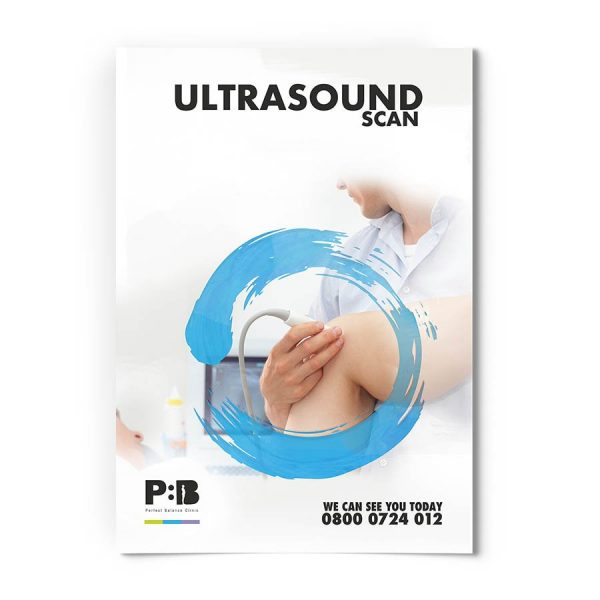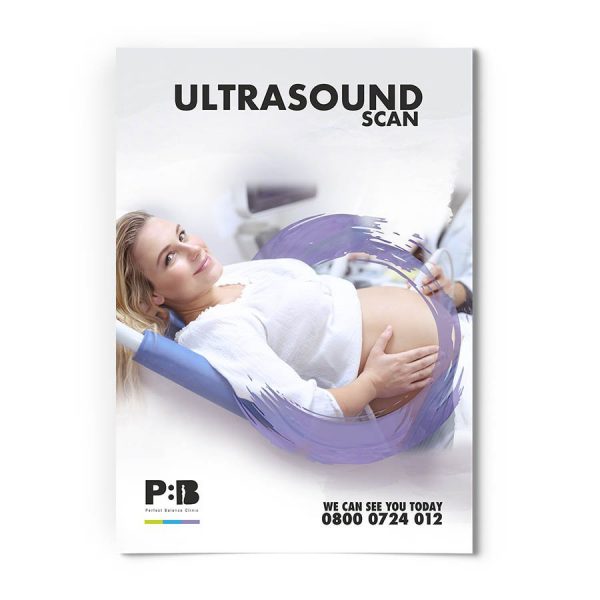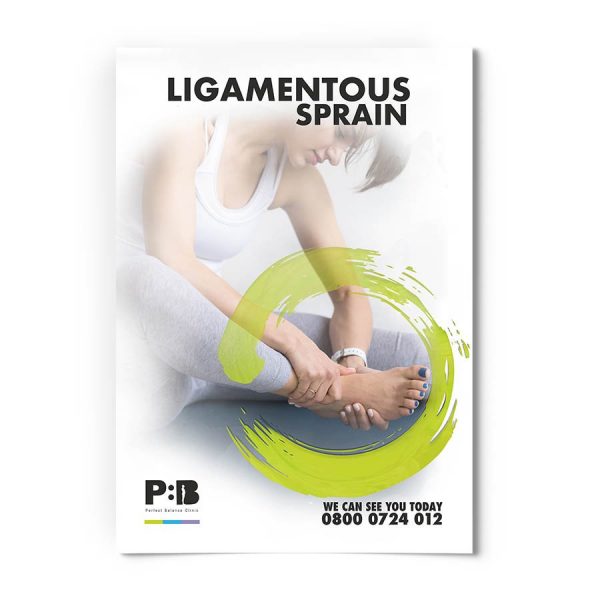What is Ultrasound Therapy?
Healthcare practitioners utilise ultrasound therapy as a therapeutic intervention to alleviate pain and foster tissue recovery. Through the utilisation of high-frequency sound waves, this non-invasive technique activates the body’s innate healing mechanism. This therapeutic approach aids in the breakdown of scar tissue, reduction of inflammation and swelling, and improvement of blood flow, ultimately expediting the healing process.
Ultrasound Therapy Methods
Ultrasound therapy encompasses two main methods: thermal and mechanical. Although both methods utilise high-frequency sound waves, they exert distinct effects on the body. Thermal ultrasound therapy generates vibrations that create heat within the tissues. The application of heat in ultrasound therapy facilitates tissue healing, pain reduction, and alleviation of muscle spasms. On the other hand, mechanical ultrasound therapy employs a pulsing effect to decrease inflammation, swelling, and pain. The type of ultrasound therapy recommended to you will depend on your specific condition and the therapeutic objectives set by your healthcare provider.
How Does Ultrasound Therapy Work?
The interaction of ultrasound with tissue induces micro-vibrations within the tissue due to the sound waves. These vibrations generate heat energy, which in turn boosts blood circulation to the affected area. As a result, the supply of oxygen and vital healing chemicals necessary for repairing damaged tissue is heightened. Ultrasound further expedites the transportation of these curative agents from the bloodstream to the injured tissue, aiding in the healing process. This facilitates the regeneration of new tissue and ensures the appropriate alignment of tissue fibres, leading to the restoration of full strength and flexibility.
How Will You Be Treated When Having Ultrasound Therapy?
During an ultrasound therapy session, your therapist will prepare your skin by applying a specialised gel over the area that is painful or where you have had an injury. This gel helps the ultrasound waves to enter your body more efficiently. The therapist then moves a probe over the area in a circular motion. The therapy is designed to be comfortable, but you might notice a gentle pressure or warmth sensation in the specific area undergoing treatment.
Avoiding Ultrasound Therapy in Certain Cases
There are specific cases in which ultrasound therapy should be avoided. For instance, it is not suitable for use on broken skin, near the eyes, during pregnancy, or for individuals with pacemakers. To ensure the safety of ultrasound therapy, always consult your practitioner or GP before undergoing a session.
What Can You Do to Help Yourself?
Prior to your scheduled ultrasound therapy session, it is crucial to follow any instructions provided by your practitioner. If you encounter any pain or discomfort during the session, promptly notify them. Feel free to seek clarification by asking questions, as your practitioner is there to assist you and explain the procedure.
Alongside attending your ultrasound therapy sessions, you can proactively contribute to your recovery by maintaining a healthy lifestyle. This involves consuming a nutritious diet, engaging in regular physical activity, and prioritising adequate rest. These elements collectively promote a faster and more effective recovery.
Conclusion
Ultrasound therapy is a versatile treatment that can help to speed up the healing process, reduce pain, and improve the function of the affected area. However, like any treatment, it is important to have a clear understanding of what it involves and to follow your healthcare provider’s advice to get the most benefit. Always consult with a healthcare professional before starting any new treatment to ensure it is the best option for you.
For more information about Ultrasound Therapy Advice
This article was written by our team of specialist therapists at Perfect Balance Clinic. If you would like more specific advice about how our team can help you with this condition or symptoms you may be having, please complete the contact form below and one of the team will get back to you shortly.
Here are some of our E-Books to help you
References
1. About.com: chronic pain, http://pain.about.com/od/treatment/f/ultrasound_therapy.htm [accessed 29 November 2012]








